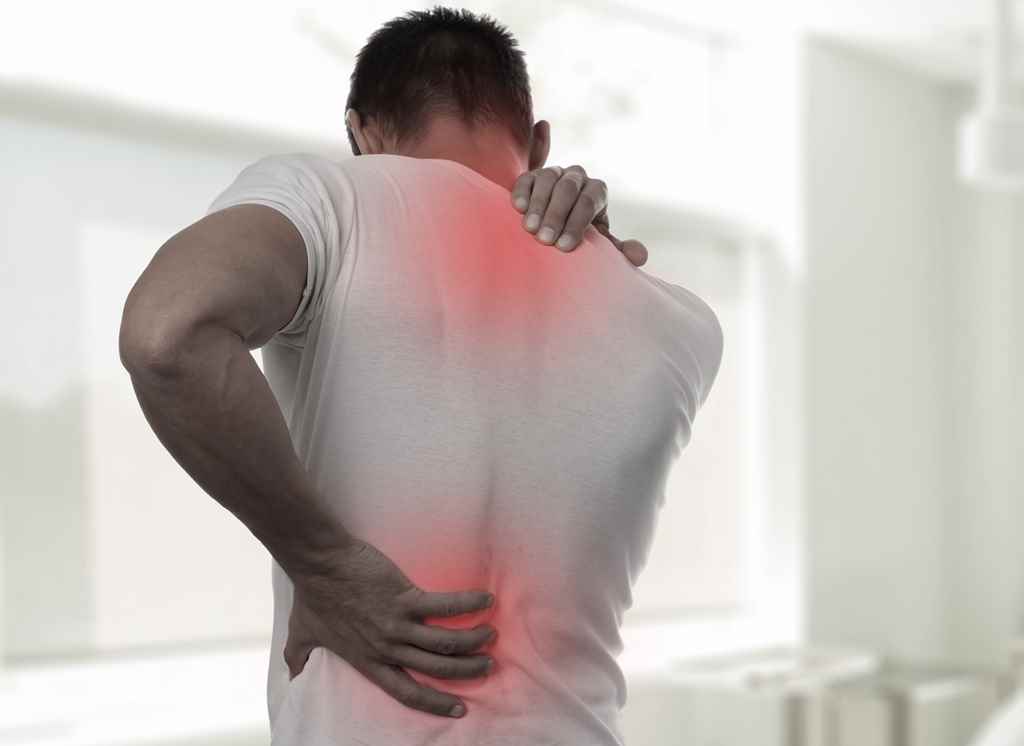
Dealing with pain in people who have eating problems is a unique and difficult clinical situation. Anorexia nervosa, bulimia nervosa, and binge-eating disorder are all eating disorders. They are serious mental illnesses that often happen along with physical problems. Even though the main focus of treatment is on the mental parts of the disease, the pain that the person is in cannot be ignored. Taking care of these patients’ pain needs a comprehensive method that takes into account both the physical and mental aspects of their condition.
How to Understand the Link Between Pain and Eating Disorders:
People who have eating problems often feel pain, but the reasons for this pain can be very different. Physical problems like stomach issues, musculoskeletal issues, and neuropathies that can happen because of not getting enough food can make pain worse. The emotional pain that comes with having an eating problem can also show up in the body as physical symptoms, making the pain even more difficult to deal with. So, helping people with eating problems who are in pain requires a deep understanding of how biological, psychological, and social factors interact with each other.
Problems with Managing Pain:
One of the biggest problems with managing pain in people with eating disorders is that they don’t want to recognize or put their physical symptoms first. People who have eating disorders often hide or downplay their pain because they think that talking about it will get in the way of their weight loss or behavior control. Healthcare professionals may also miss or misinterpret pain complaints and think they are only caused by the patient’s eating problem instead of doing a full assessment.
Another problem is that people in this group might not use or overuse painkillers properly. People who have eating disorders may be more sensitive to the affects of some drugs, which can make them more likely to have bad reactions or become dependent on them. Having psychiatric conditions at the same time, like substance use disorders or mood disorders, makes it even harder to handle pain medications.
Comprehensive Pain Management Strategies:
The best way to treat pain in people with eating disorders is to look at their situation as a whole, taking into account both their physical and mental health. To provide complete care, it is necessary to have a multidisciplinary team of medical workers with skills in areas like psychiatry, nutrition, pain medicine, and physical therapy.
Nutritional rehabilitation:
Treating malnutrition is the most important thing that can be done to ease the pain of eating problems. The goal of nutritional therapy is to get people to eat enough nutrients, fix electrolyte imbalances, and help them gain weight again. A certified dietitian can help a patient get better by making personalized meal plans and giving nutritional advice.
Physical therapy and exercise:
Adding physical therapy and light exercise to your treatment plan can help ease pain in your muscles and joints and make your body work better overall. A licensed physical therapist can give a patient specific exercises and stretches that are right for them, taking into account their health and any limits they may have.
Psychological Interventions:
Cognitive-behavioral therapy (CBT), which is a type of psychotherapy, is an important part of treating eating problems and can also help with pain management. Cognitive behavioral therapy (CBT) methods like cognitive restructuring and behavioral activation can help people deal with pain and distress in healthier ways. Mindfulness-based methods, like dialectical behavior therapy (DBT) or mindfulness-based stress reduction (MBSR), may also help patients learn to accept their pain better without making their eating disorder symptoms worse.
Prescription Drug Management:
When doctors need to use drugs to help with pain, they need to be very careful. For light to moderate pain, non-opioid painkillers like acetaminophen or nonsteroidal anti-inflammatory drugs (NSAIDs) may work. Opioid painkillers, on the other hand, should only be used carefully and under close supervision. It is important for the patient, doctor, and therapist to work together to make decisions that balance the need for pain relief with the risk of abusing medications or making eating disorder symptoms worse.
Alternative and Complementary Therapies:
Integrative approaches, like acupuncture, massage treatment, or relaxation techniques, can help with pain management and improve health in general. It’s important to make sure, though, that these solutions don’t unintentionally make eating disorders or body image issues worse.
Managing pain in people with eating disorders needs a complex, multidisciplinary approach that takes into account how physical and mental factors interact with each other. By combining psychological help, physical therapy, medication management, nutritional rehabilitation, and other therapies, healthcare professionals can help the patient feel better while also helping them recover from their eating problem. For long-term pain relief and better quality of life, it’s important to give patients the tools they need to put their general health and well-being first, rather than just weight or control.








